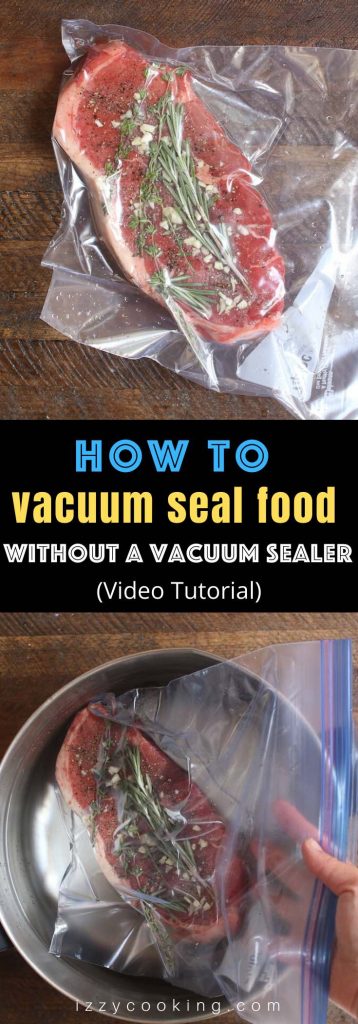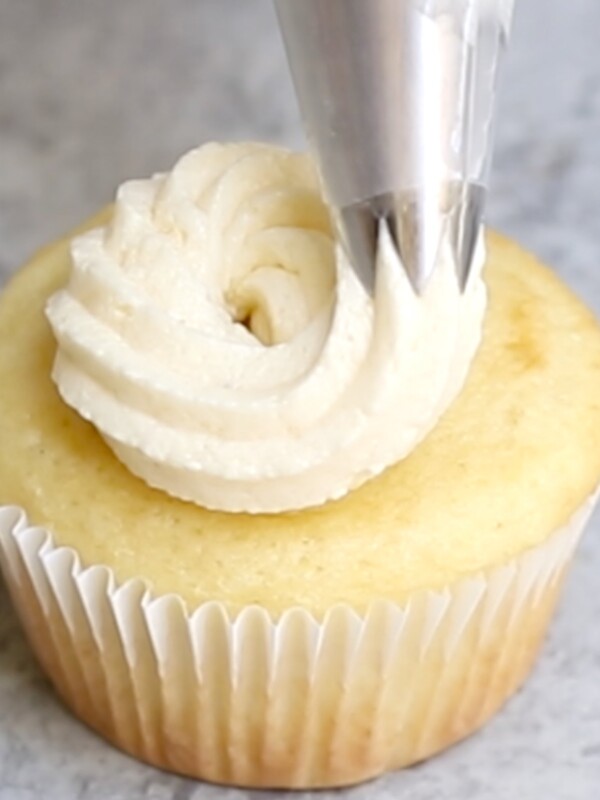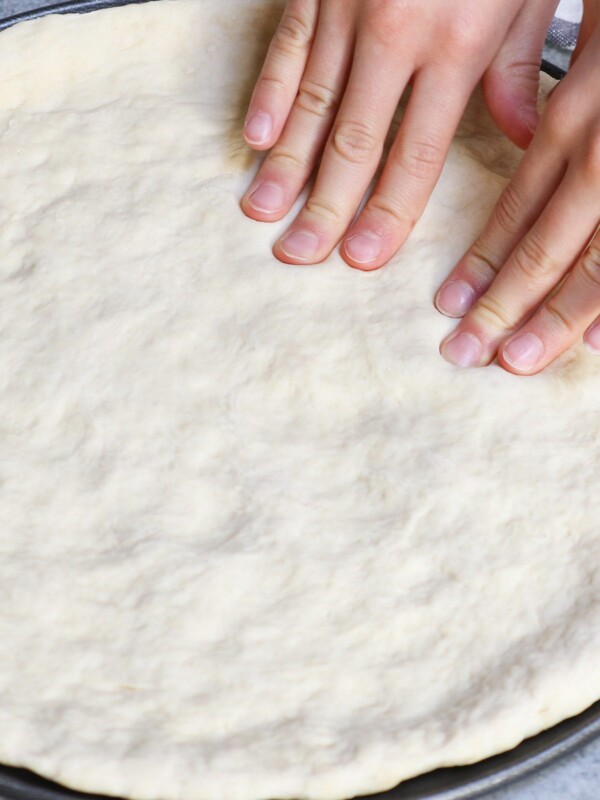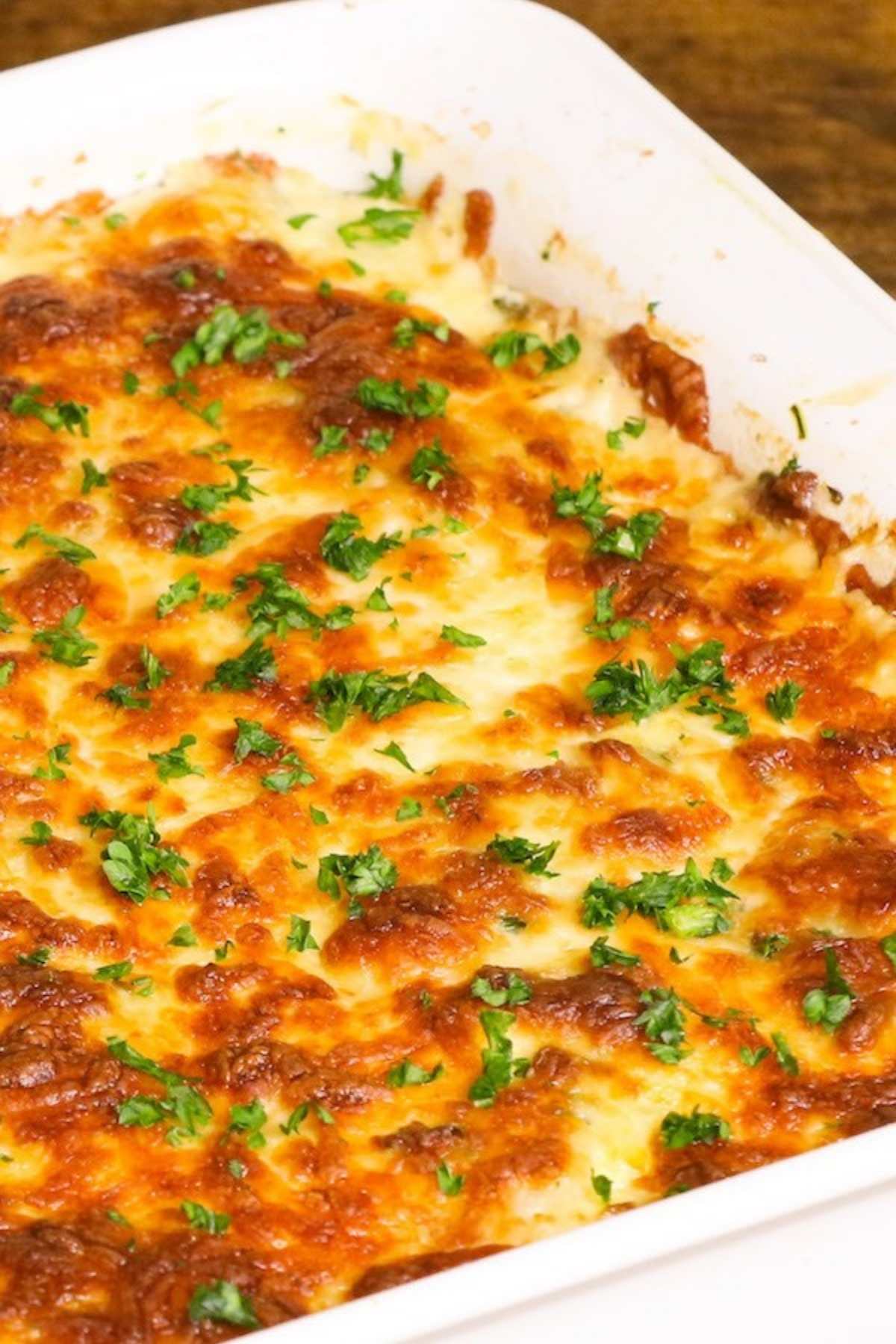How to Vacuum Seal Foods Without a Vacuum Sealer (Video): Water Displacement Method
on Jan 14, 2020, Updated Jul 15, 2020
This post may contain affiliate links. Please read my disclosure policy.
Here is a complete guide with video showing you how to vacuum seal food at home without a vacuum sealer. Whether you need to vacuum seal your food for better storage or prepare it for sous vide cooking, this DIY technique called water displacement method is an easy and inexpensive option. All you need is a zip-top bag and a pot of water!
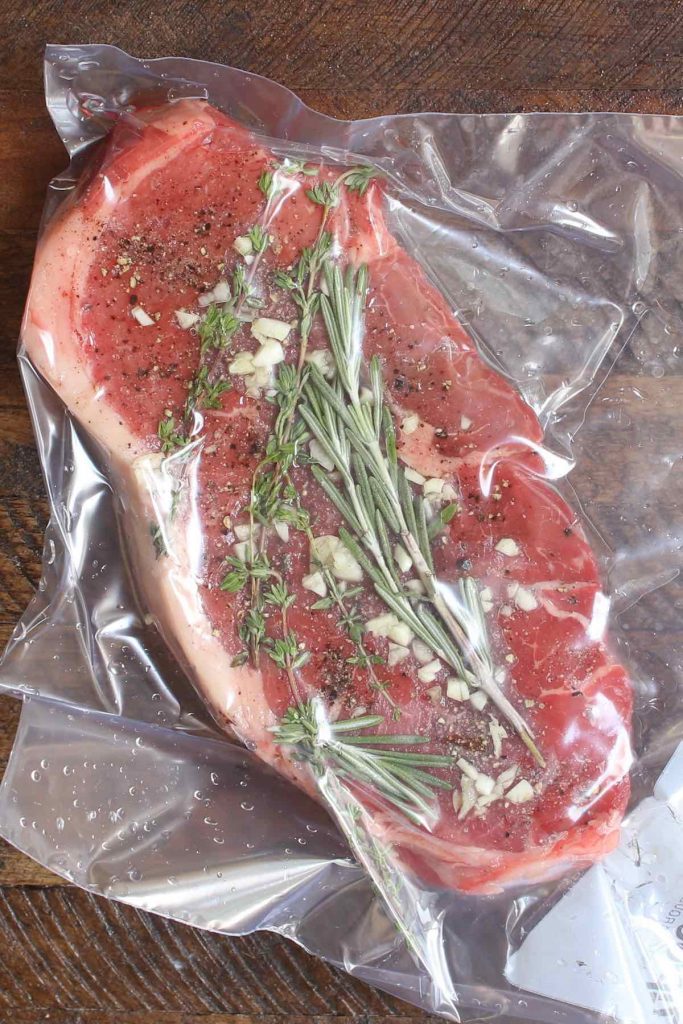
From time to time, there’re many good reasons to remove air from the bag. If you don’t have a countertop vacuum sealer or special bags at home, it’s not problem! You can try this easy trick to vacuum seal the bags. It’s the most popular technique to quickly vacuum-seal bags without any special equipment.
Why Vacuum Seal Foods?
There are many benefits for vacuum sealing foods:
- Vacuum-sealed perishable foods can last longer in the fridge as it locks in the color and moisture, helping with freshness.
- It helps prevent freezer burn in the freezer by removing the air pockets.
- It’s necessary to vacuum seal bags for effective sous vide cooking.
- It also helps keep shelf stable ingredients last longer.
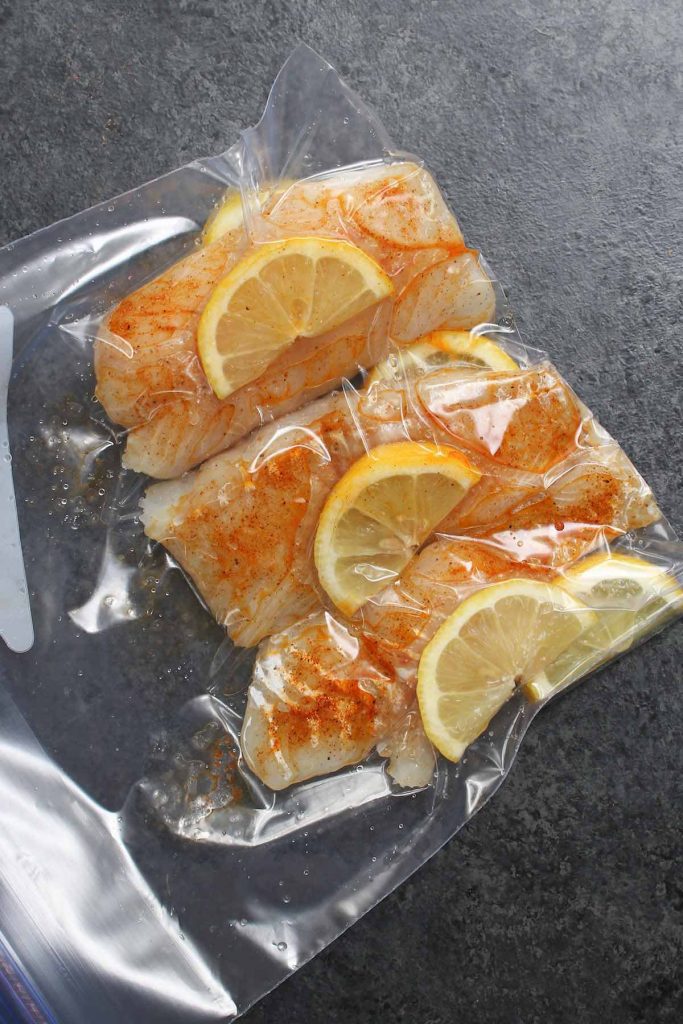
What Bags Can I Use?
I recommend using high-quality zip-top plastic freezer bags, especially if you’re using it for sous vide cooking. The brand name zip-top bags are more sturdy and will stay sealed during the long cooking process.
Make sure to use a bag that’s large enough to fit the item with some room to spare. Ideally, you’ll need at least one inch between the food and the seam of the bag.
How to Vacuum Seal Foods without a Vacuum Sealer
It’s easy to vacuum seal foods without a vacuum sealer, and all you need is a zip-top bag and a pot of water. You can seal both dry and liquid food with this method and it takes less than 2 minutes:
- Add water to a large pot or container.
- Season or marinate food if needed, and then place the food in a zip-lock bag, and arrange it in a single layer.
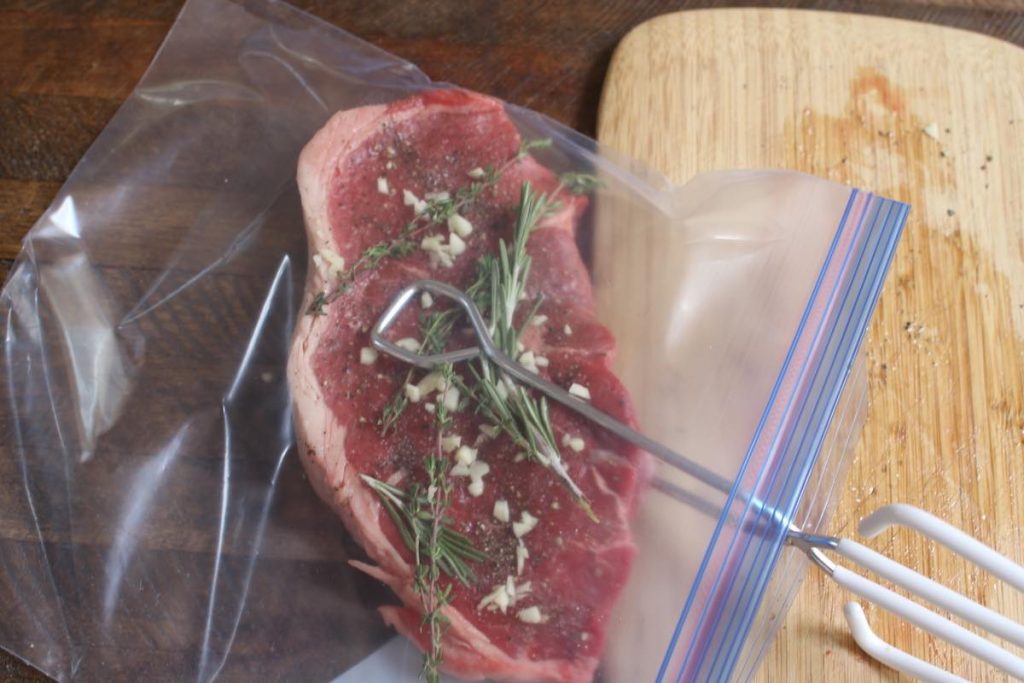
- Press out as much air as possible and seal all but one corner of the bag.
- Slowly place the bag into the water, and make sure everything below the zip-line is covered by water.
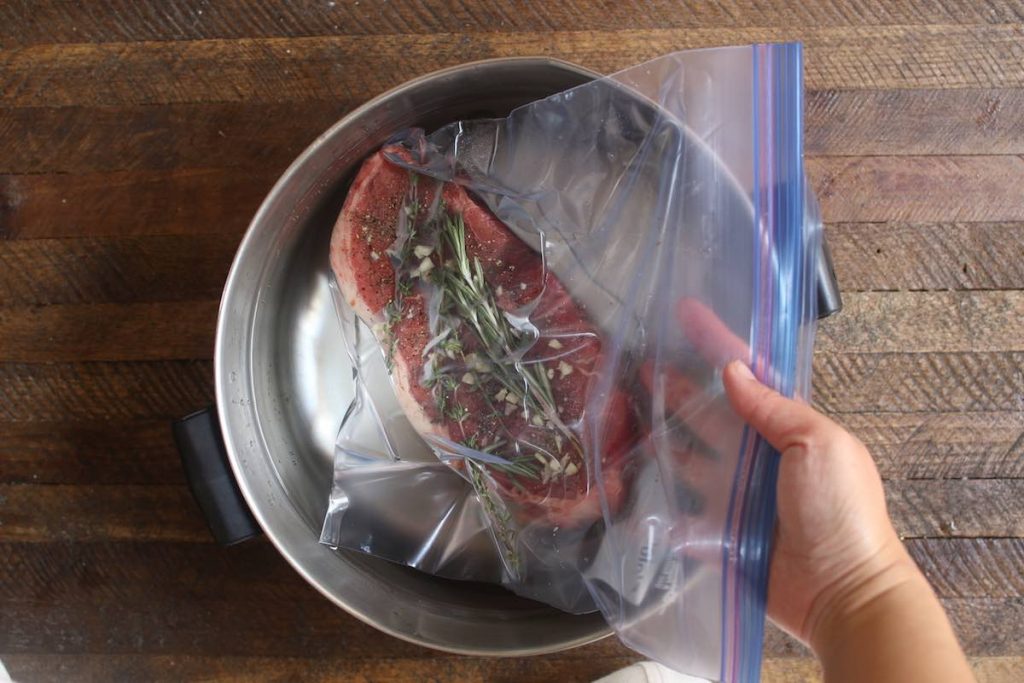
- Then seal the rest of the bag. The food is now vacuum-sealed for storage or sous vide cooking.
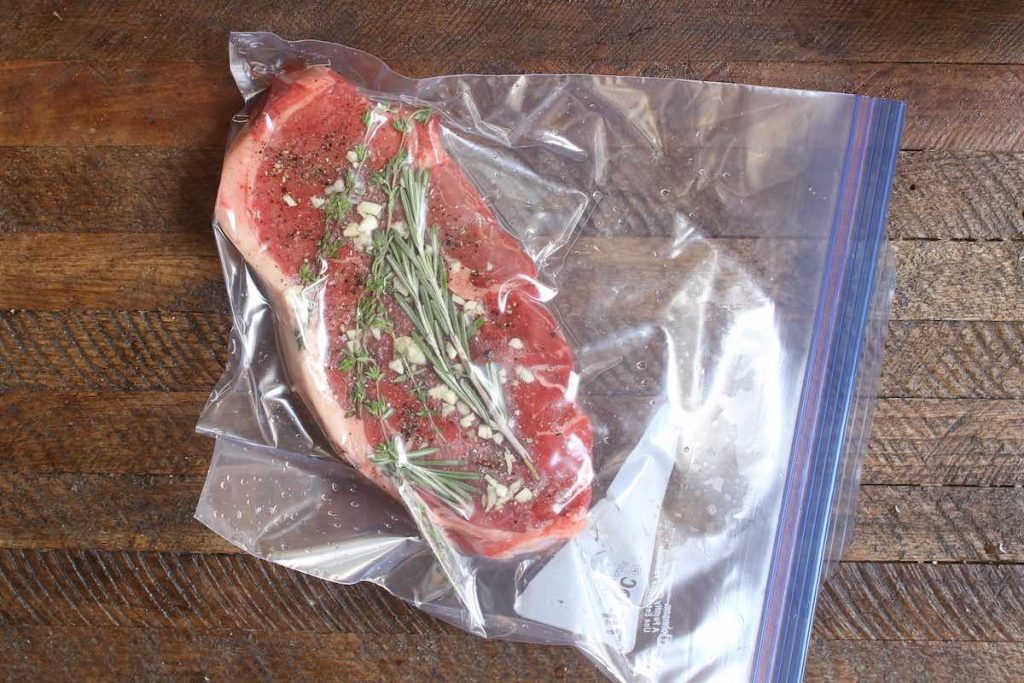
Water Displacement Method vs. Vacuum Sealer Method
The water displacement method is not as effective as the vacuum sealer, but I find the result good enough for everyday home cooking.
If you use this method for storage, you will hardly notice any difference. If you use it for sous vide cooking, you might notice the vegetables can float above the water sometimes. Just place sous vide weight or heavy kitchen items to keep the food fully submerged in the water.
If you’re ready to invest in one vacuum sealer, I recommend this one that’s inexpensive yet effective from Foodsaver.
Popular Sous Vide Recipes You May Like:
How to Vacuum Seal Foods Without a Vacuum Sealer (+VIDEO)
Ingredients
- Food to be vacuum sealed
- A large pot of water
- zip-top bag
Instructions
- Add water to a large pot or container.
- Place the food in a zip-lock bag, and arrange it in an single layer.
- Press out as much air as possible and seal all but one corner of the bag.
- Slowly place the bag into the water, and make sure everything below the zip-line is covered by water.
- Then seal the rest of the bag. The food is now vacuum-sealed for storage or sous vide cooking.
Video
